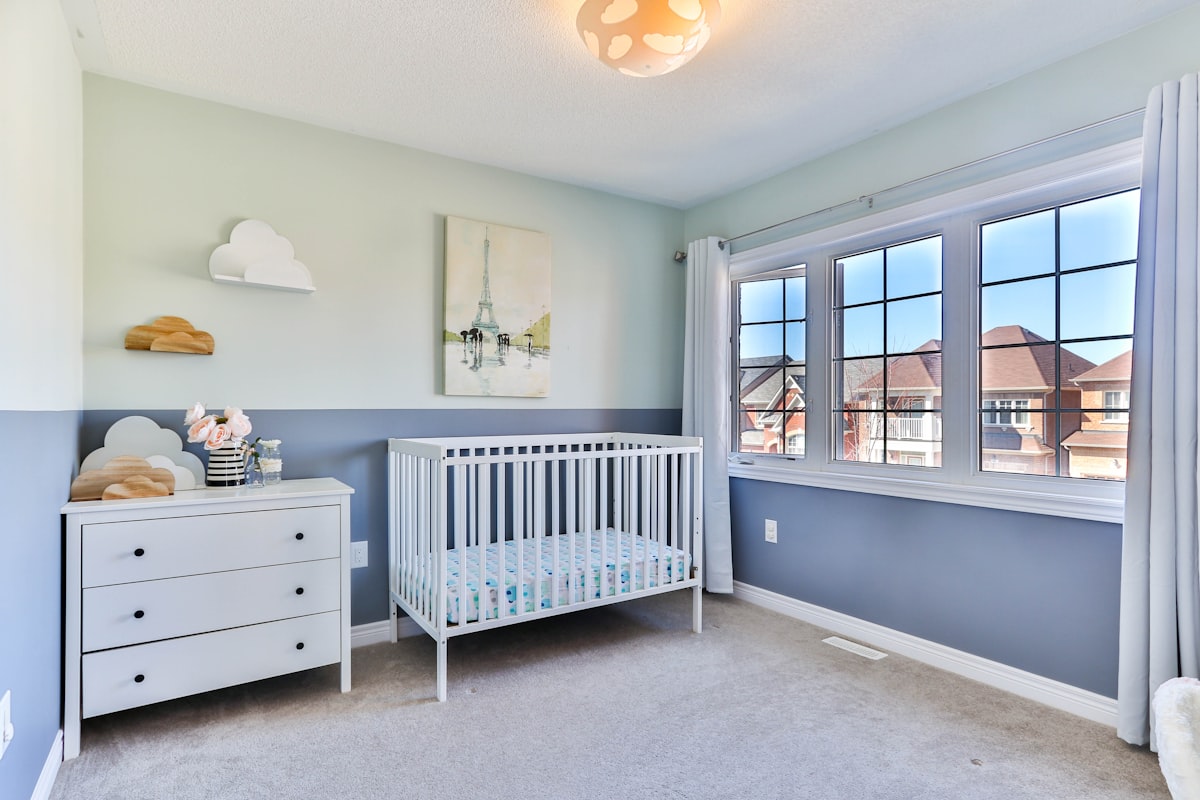New Safety Rules for Crib Mattresses

Babies are soft but their mattresses should be firm. New federal safety standards for crib mattresses are intended to do just that – provide a firm, flat sleeping surface. Softer sleeping surfaces have been linked to suffocation and sudden infant death syndrome (SIDS).
The new rules adopted by the U.S. Consumer Product Safety Commission apply to both original equipment crib mattresses and to after-market mattresses that are often used as replacements and as supplemental surfaces in play pens.
“This new rule will keep babies safe in sleep products such as cribs, play yards and portable cribs,” said Nancy Cowles, executive director of Kids In Danger.
“For the first time, crib mattresses will have to be tested for safety to avoid gaps that might lead to suffocation and dangerously soft surfaces. Play yard replacement mattresses will have to meet the same safety standard as the mattresses sold with the product,” Cowles said.
The CPSC said it knows of least 494 incidents, including 139 fatalities and 355 nonfatal incidents related to crib mattresses between January 2010 and April 2021. Common hazards include design-related issues and compression of the mattress, resulting in asphyxiation or suffocation.
Safety standard long overdue
“The need for an infant mattress standard is long overdue, and we commend the Commission for voting in favor of infant safety,” said Michelle Barry of Safe Infant Sleep. “Caregivers shouldn’t have to wade through hundreds of options to find a mattress that is firm enough. Countless studies support the need for a firm, flat sleep space as a critical element in reducing sleep-related infant deaths.”
The “Bare is Best” message along with “Back to Sleep,” can lead to a reduction in infant sleep related deaths, the Consumer Federation of America said, referring to the advice to parents and caregivers that babies should sleep on their backs on a bare, flat surface without any aftermarket cushions or supplemental mattresses.
“A flat, firm sleep surface is key to safe sleep messaging. Soft mattresses or supplemental play yard mattresses on the market pose dangers and confuse the safe sleep message,” the organization said in a statement.
Aftermarket mattresses included in new rule
The CPSC included aftermarket mattresses in the rule, eliminating supplemental mattresses that are often added to mesh play yards and to non-full size rigid cribs.
All aftermarket mattresses will have to be essentially the same as the original mattress that is sold with the play yard. Replacement mattresses are to be sold to replace a previous mattress, not sold as an additional mattress.
The proposed rule will cover all mattresses sold for full-size cribs and requires a firmness test.
“Today’s vote means crib mattresses of all sizes will be required to meet safety standards,” said CPSC Chair Alex Hoehn-Saric. “This will improve safety for babies sleeping in cribs and play yards.”
The new federal rule aims to further reduce the risk of injury related to:
- Suffocation hazards from overly soft crib mattresses, by adding a test for mattress firmness.
- Entrapment hazards:
- Full-size crib mattresses – due to poor mattress fit from compression by sheets.
- After-market, non-full-size crib mattresses – due to sizing.
- Laceration hazards due to coils and springs breaking and poking through mattresses.
It also includes marking, labeling and instructional literature improvements – to clarify for manufacturers and test labs, and to communicate better to consumers the risks of SIDS and suffocation related to infant positioning, soft bedding, and gap entrapment.
